#Lumbricidae
Explore tagged Tumblr posts
Text
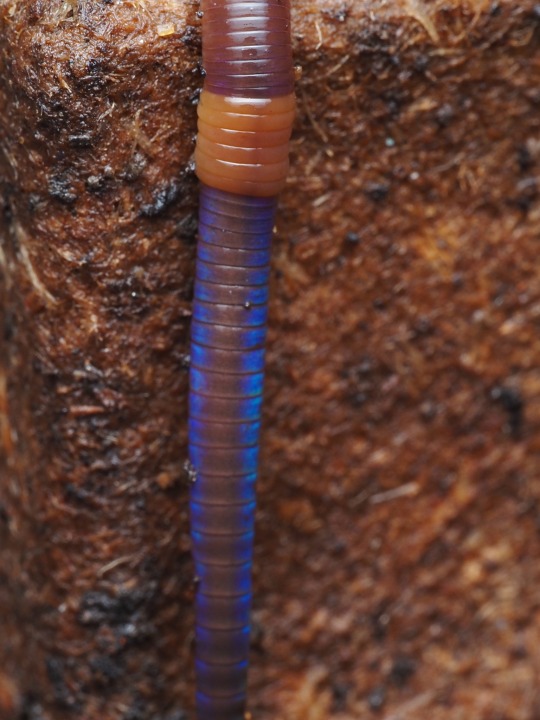
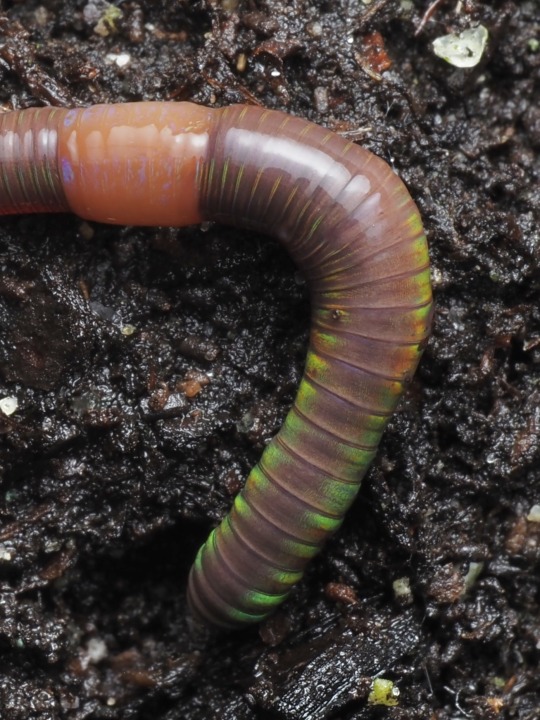
Lumbricus castaneus may be one of my favorite local earthworm species for its small size, active nature, and strong iridescence, which varies in color from deep blue to yellowish green.
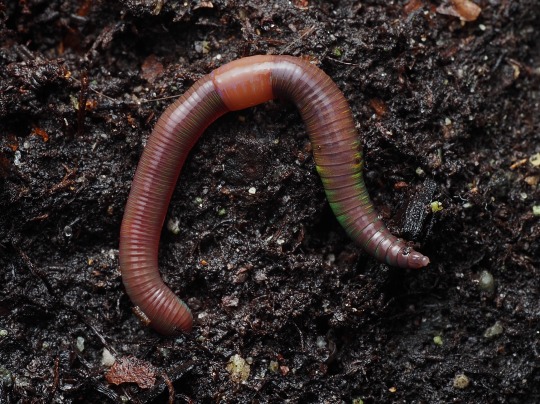
found on the surface under leaf litter or old wood, when you uncover one of these spirited little worms it’ll sprint off to safety, shining all the way.
8K notes
·
View notes
Text


Green Earthworm (Aporrectodea smaragdina), family Lumbricidae, Slovenia
photographs by Ton van Haaren


Austria - photograph by Manfred Auer
2K notes
·
View notes
Text

A redworm (Eisenia fetida) in Denmark
by Tina Ellegaard Poulsen
#redworm#red wiggler#earthworms#worms#eisenia fetida#einsenia#Lumbricidae#Opisthopora#Clitellata#annelida#wildlife: denmark#wildlife: europe
36 notes
·
View notes
Text


earthworm alert ⚠️ watch your steps today...
#no that first one isn't flattened they just kinda look like that#yap sematary#entomology#bugblr#wormblr#earthworms#invertebrate#invertebrates#invertblr#invertiblr#annelid#annelids#annelida#lumbricidae
11 notes
·
View notes
Text
The rain brings friends 🪱🌧️
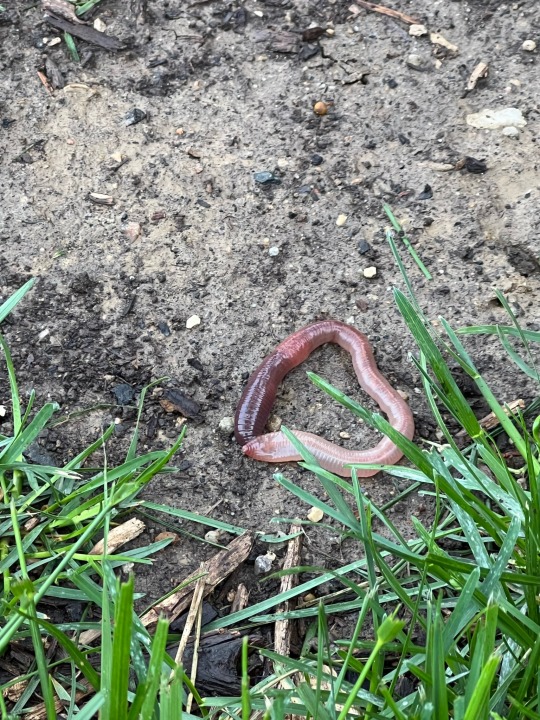
I moved as many off the pavement as I could:)
Watch your step! If you can’t move them, at least don’t smoosh them!
Moving them to a grass or dirt patch is a nice thing to do:)
When worms are on pavement they can dry out or get smooshed ☹️
They come out and move around when it’s wet because it’s easier for them to stay moisturized 🪱
Safe travels, worms! 🌧️
#cw worms#worm#nightcrawlers#or maybe#earthworms#who knows#I’m not a worm scientist#Annelida#Lumbricidae#goblincore#I don’t think wormblr is for actual worms:(
9 notes
·
View notes
Text

0 notes
Text

Redworm (Eisenia fetida)
Family: Typical Earthworm Family (Lumbricidae)
IUCN Conservation Status: Unassessed
Native to temperate Europe but now found on every continent except Antarctica as an invasive species, this chonky-bodied, stripy worm differs from many earthworms in that it is epigeal (meaning that it lives mainly on the surface and rarely burrows underground, with its body being notably more pigmented than the pale bodies of deep-soil earthworms to protect it from the harmful effects of UV exposure.) Like more typical earthworms a Redworm's body is essentially a living muscular tube, taking in organic matter through a tiny mouth on one end, digesting and absorbing whatever matter it can from it in a single enormous intestine that fills most of its body and then excreting any indigestible matter, although as surface-dwellers members of this species feed on rotting plant matter and animal dung as apposed to soil. Possibly in response to the increased risk of predator attacks they face when on the surface Redworms have developed the ability to secrete a foul-tasting, strong-smelling mucus from specialised glands in their skin when threatened, and as substances in this mucus have been found to inhibit the growth of certain pathogenic bacteria and parasitic fungi it seems it also serves to keep the worm's skin free of harmful microorganisms.
-----------------------------------------------------------------
Image Source: Here
See also this very cool study on how Redworms use their mucus to protect themselves from White Muscardine Fungus, one of the deadliest invertebrate-infecting pathogenic fungi.
#Redworm#earthworm#earthworms#zoology#biology#lumbricology#animal#animals#worm#worms#invertebrate#invertebrates#wildlife#European wildlife
18 notes
·
View notes
Text
Die Rolle von Würmern im Bodenökosystem - Einleitung Obwohl Würmer oft übersehen und unterschätzt werden, spielen sie eine wesentliche Rolle für das Leben auf unserem Planeten. Es wird weitgehend anerkannt, dass Würmer, wissenschaftlich Oligochaeta genannt, das Bodenökosystem erheblich beeinflussen. Sie verbessern den Boden, fördern den Pflanzenwachstum und unterstützen die Biodiversität. Ohne Würmer wäre unser Bodenökosystem wesentlich ärmer. Biologie und Taxonomie von Würmern Zu den Würmern, die im Boden vorkommen, gehören vor allem Regenwürmer (Lumbricidae), aber auch zahlreiche andere Arten aus den Familien der Kompostwürmer un... - Die Rolle von Würmern im Bodenökosystem
0 notes
Text


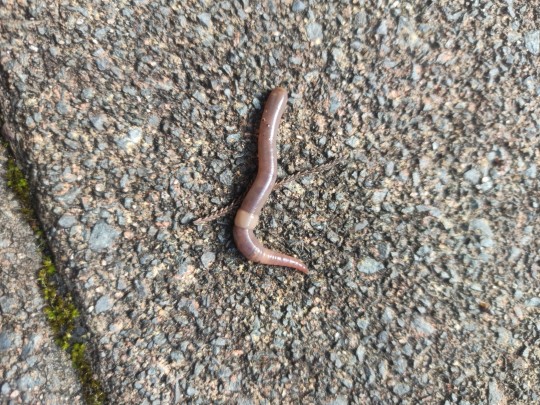
Lumbricus terrestris is a large, reddish worm species thought to be native to Western Europe, now widely distributed around the world.
Phylum: Annelida
Class: Clitellata
Order: Opisthopora
Family: Lumbricidae
Genus: Lumbricus
Because it is widely known, L. terrestris goes under a variety of common names. In Britain, it is primarily called the common earthworm or lob worm (though the name is also applied to a marine polychaete). In North America, the term nightcrawler (or vitalis) is also used, and more specifically Canadian Nightcrawler, referring to the fact that the large majority of these worms sold commercially (usually as fishing bait) are from Southern Ontario. In Canada, it is also called the dew worm, or "Grandaddy Earthworm". In several Germanic languages, it is called variants of "rain worm", for example in German Gemeiner Regenwurm ("common rain worm") or in Danish Stor regnorm ("large rain worm"). Кто скажет что не обычный земляной червь, пусть первый бросит в меня что-нибудь. А то предыдущего такого же оспорили, в iNaturalist dude говорит, слишком бледный для червя обыкновенного, надо другую сторону глянуть, а я уже отпустил, не сфотал. Пришлось стереть. Он же под землёй живёт, как тут бледным не быть. вид малощетинковых червей из семейства настоящих дождевых червей.
Червяк слишком длинный, а жизнь слишком короткая.
Дощовий черв'як звичайний — великий червонуватий дощовий черв'як, батьківщиною якого є Європа.
47/22 Northcross Drive, Oteha, Auckland 0632
7PJC+M35 Auckland
-36.7183720, 174.7202330
13 sep 2023
0 notes
Text
do you love the color of the earthworm?
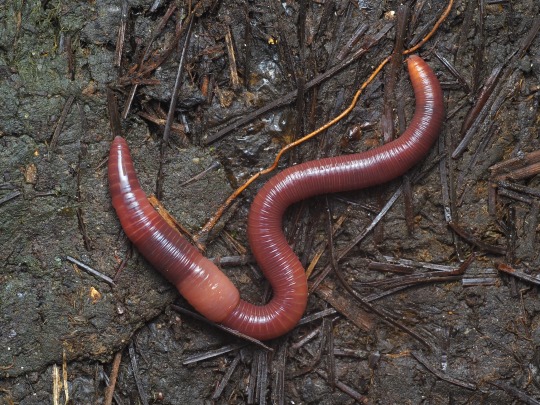


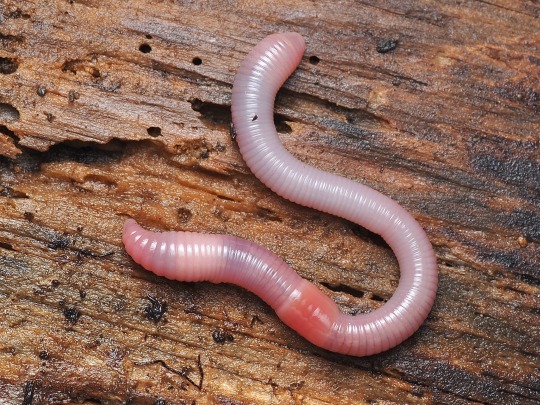


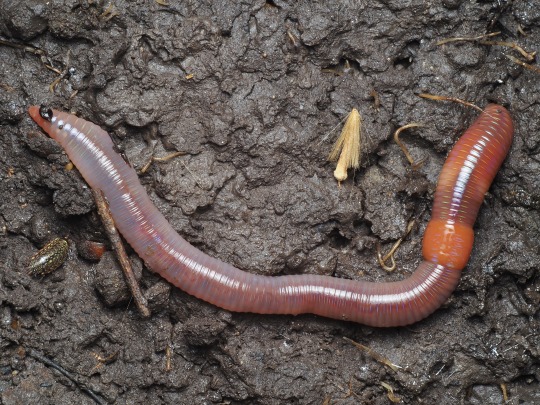

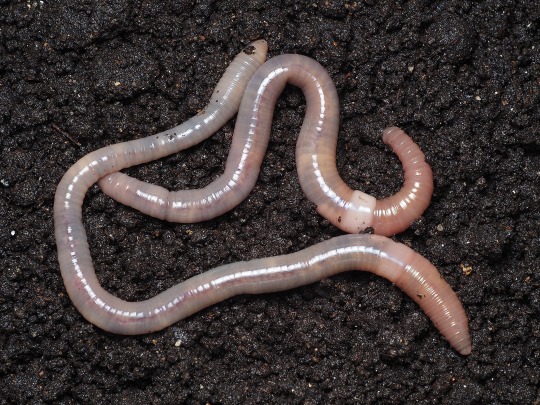
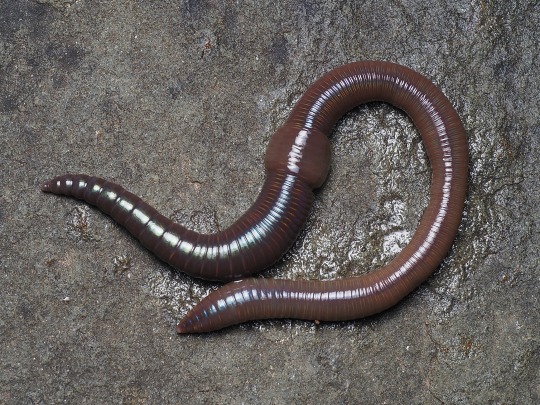
2K notes
·
View notes
Photo
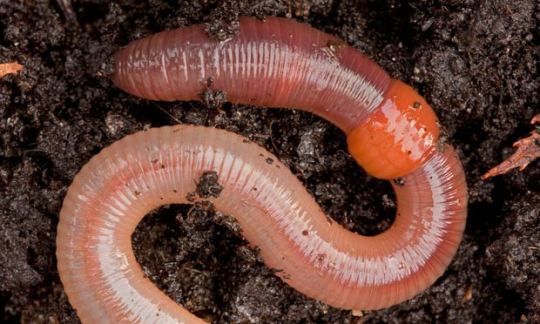

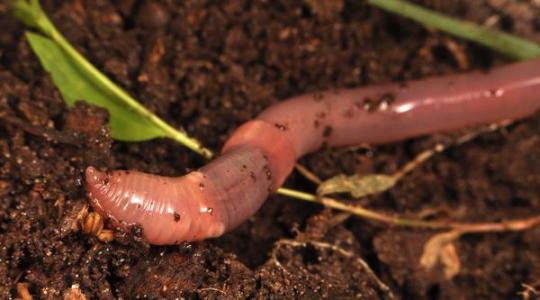
Examining the Common Earthworm
Originally native to western Europe, the common earthworm (Lumbricus terrestris) is now found on every continent. They’re especially abundant in North America and western Asia. Where L. terrestris has been introduced, the ecological impacts can range from nonexistent to devastating; in some parts of North America, native earthworms have been severely reduced or gone extinct in competition with nightcrawlers. Common earthworms can also have major effects on the soil composition and leaf litter of their habitats, which in turn effects which plants flourish and which animal species can live there. Meanwhile, common earthworms are now endangered in some parts of Europe due to invasion from the New Zealand flatworm and the Australian flatworm.
Despite their wide distribution, nightcrawlers require specific habitat conditions to be successful. Air temperature and humidity can be neither too low nor too high. They prefer moist soil, which is easier for burrowing in. These conditions lead L. terrestris to prefer forests, grasslands, and some agricultural lands, although they cannot tolerate heavily-tilled earth. Common earthworms can create large, elaborate burrow complexes, sometimes as deep as 2 meters and over 10 meters in length. These burrows are permanent, although prone to disruption from other burrowing animals.
Although many specimens used for fishing bait are small, these worms can grow to be quite long-- anywhere from 11 to 20 cm. Their colors can range from pink to purple to brown, and the body itself is made of 120-170 segments, or annuli, that push and pull together to move. Tiny hairs called setae provide friction against the surrounding soil. They don’t have eyes or ears, but they are able to detect changes in light and their bodies can detect vibrations in the ground, giving them a head start on potential predators like birds, larger insects, small mammals, or eager fishermen.
Nightcrawlers most commonly known as a subterranean species, often found burrowing deep below the earth. However, unlike many other earthworm species, these nightcrawlers actually surface quite frequently to feed and mate- almost always at night. They are detrivores, meaning that they eat primarily dead organic material like leaf litter, fungi or decomposing animal matter. These worms do not usually consume dirt, as is the popular trope, but they do contribute to its production. Nightcrawler excretions are vital for redistributing nutrients to the mineral layer, where it can be used by plants. Their influences are so strong that they can create microhabitats called middens, which can affect the distribution of fungi, plants, and animals in that area.
L. terrestris mates extremely frequently; often once a week. They are obligatorily biparental simultaneous hermaphrodites; this means that each worm has the reproductive capabilities of both males and females. To mate, a worm anchors itself to its burrow then entwines itself with another worm on the surface. They exchange sperm, which can be stored for up to eight months. When the worm is ready to fertilize its eggs, it creates a cocoon which is placed in a small chamber adjacent to the parent’s burrow. Juvenile worms emerge after a few weeks, already fully independent.
Conservation status: Least Concern. Although they are threatened in some of their native regions by New Zealand and Australian flatworms, their overall widespread distribution and adaptable nature means they are unlikely to go extinct anytime soon. The most major threat is habitat destruction due to agriculture.
#common earthworm#nightcrawler#Opisthopora#Lumbricidae#earthworms#worms#annelid worms#annelids#invertebrates#terrestrial invertebrates#subterranean fauna#subterranean invertebrates#deciduous forests#deciduous forest invertebrates#grasslands#grassland invertebrates#urban fauna#urban invertebrates#europe#north america#asia#australia#south america#africa#queer animals#animal facts#zoology#biology
82 notes
·
View notes
Photo


Earthworm Lumbricidae Family
Photographs taken on April 25, 2020, at Marmora and Lake, Ontario.
#wildflowers of southern ontario#Lumbricidae#Lumbricidae family#earthworm#worm#insect#marmora and lake#ontario#canada
9 notes
·
View notes
Text

0 notes
Photo

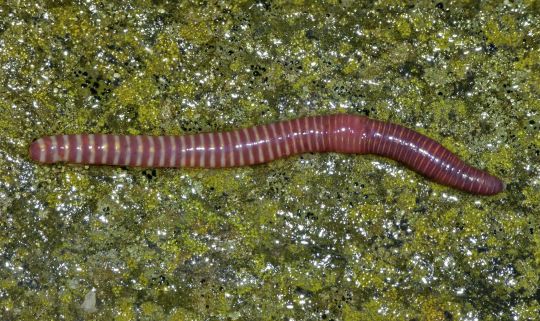



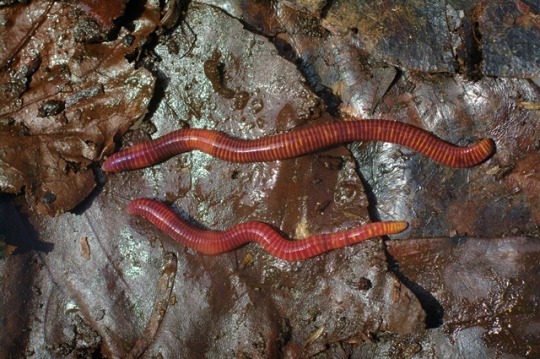
Redworm aka red wiggler worm aka tiger worm, Eisenia fetida, Lumbricidae, Annelida
Native to Europe, this species has been introduced to every continent except Antarctica. They are specially adapted to thrive in decaying organic material, especially rotting vegetation, compost, and manure, and are rarely found in soil. When roughly handled, redworms exude a pungent defensive liquid, thus the specific name fetida.
Photos 1-3 by steve_kerr, 4-5 by treegrow, and 6 by nzwormdoctor,
#animals#curators on tumblr#bugs#worm#redworm#tiger worm#annelids#one nice bug#some long stripey friends for you#hope u like them
252 notes
·
View notes
Text
If anyone wants an actual answer, here's the family tree for worms, using Earthworms as an example since they're probably the ones most people are thinking about:
Animals Kingdom Animalia
Segmented Worms Phylum Annelida
Clitellates Class Clitellata
Earthworms and Allies Subclass Oligochaeta
Order Haplotaxida
Earthworms Family Lumbricidae
And then meanwhile, here's the family tree for insects:
Animals Kingdom Animalia
Arthropods Phylum Arthropoda
Hexapods Subphylum Hexapoda
Insects Class Insecta
So no, worms are not bugs, the last thing they have in common is that they are in the Kingdom Animalia, aka, they're animals.
There are three Kingdoms: Animalia, Plantae, and Fungi. Animals, plants, and mushrooms. Insects and worms are both animals, but besides that, they aren't related.
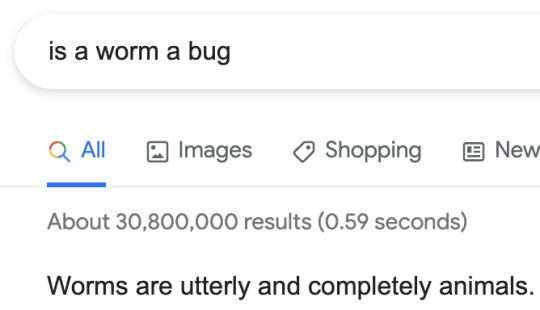
thank you. god bless you
73K notes
·
View notes
